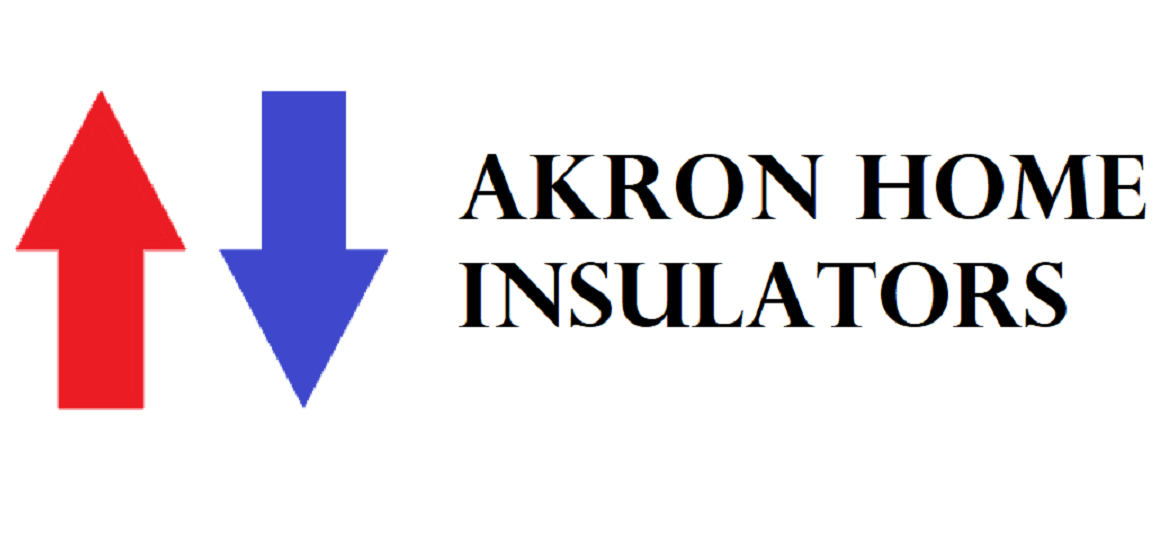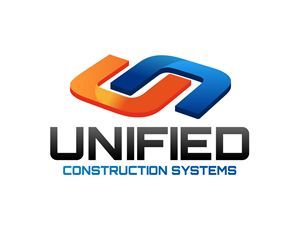Keep the weather outside this year...where it belongs
Ceiling Insulation options from Akron Home Insulators
Whole Home Insulation - Ceiling
Most homeowners don't consider their ceiling until there is a problem; something is warping out of place, the room is extra cold, or a weird spot has appeared out of nowhere. Have you ever thought about the insulation in your ceiling? Probably not, but at Akron Home Insulators, we certainly do think about it, and we can't help being passionate about our knowledge!
Ceiling insulation, along with with attic insulation if the house has an attic, both work toward stabilizing the temperature inside of a room, thus stabilizing the entire home's temperature. This can mean keeping heat inside during the winter, as well as keeping cool air from mixing with hot air during the summer.
Insulating the ceilings of your home helps to prevent hot air from rising, so that rooms on the top floor of your home are the same temperature as the bottom floors. Rising heat will accumulate in the attic and upper floors, eventually escaping the home if proper ceiling insulation is not installed. Its your first line of defense in keeping energy that you're paying for, if the temperature is not contained inside of your home...you're paying too much for your energy bills.
Call or
message us today to speak with an Ohio Insulation Expert who will change your home life for the better!
Done with Drafts?
Ceiling insulation (with an attic)
Spray Foam Insulation
Excellent for open rafter attics/ceilings and basements can be used before or after drywall is applied, offers high R-value, able to insulate and seal small spaces or large. Can enhance structural integrity of the home. Superb air barrier, longer lasting but more expensive than other insulation types
Open Cell - Greatly expands up to 3 inches and remains flexible after application, eco-friendly option that uses water or carbon dioxide for propulsion, excellent air and sound barrier, additional vapor barrier required for contact with outer walls. More affordable than closed cell.
Closed Cell - Expands slightly to about 1 inch and dries to a hard layer with air pockets completely sealed and densely packed. Material is so rigid that it provides additional support and integrity for the home or building. Long lasting, more expensive than other alternatives, but provides additional benefits that others do not. Excellent air and moisture protection.
Blown in
Designed for existing or new walls, adds protection by blowing materials that trap heat into small holes drilled in siding or spread atop floor joists in attics. Varieties include fireproof, pest resistant, and noise dampening
- Cellulose - Eco-friendly option created from recycled wood or cardboard, treated against pests and mold growth and ideal for conforming around structures inside walls. Moisture exposure will compact cellulose and reduce thermal resistance. Higher price compared to fiberglass fill.
- Loose Fill Fiberglass - Most affordable blown in insulation, does not provide pest control, avoid contact with skin as fiberglass is an irritant
- Rock Wool - More expensive than other options, but highly resistant to fire, used in walls between structures such as a connected garage or apartment building.
Blanket Batt Insulation
Designed to be used for above-ground insulation in walls, floors and attics, great for filling gaps to avoid drafts, comes in a variety of thickness'. Must be installed before drywall is applied.
- Faced Insulation - Contains a paper liner as a barrier against moisture on one side, used in spaces where moisture can creep into homes such as outward facing basement walls
- Unfaced Insulation - Does not contain a barrier, used where moisture is not a concern like inner walls between rooms
- Rolled Insulation - Comes in large faced or unfaced rolls, excellent value for covering large areas and can be cut to the required size
- Pre-Cut - These come in large sheets, faced or unfaced, cut to industry standard ready for placement into basements, attics
Ceiling Insulation (without an attic)
Rigid Foam Boards
Excellent for use in basements or when in contact with masonry, holds up well against moisture, can be used above or below ground level. Good for use in flooring or ceilings, thin material that withstands compression well.
- Polystyrene (XPS) - Low priced, does not absorb moisture and highly compressible, often used in flooring, garages, and for sound dampening
- Polyisocyanurate - Has the highest R-value for the least thickness, contains a moisture resistant core, loses thermal resistance over time (30 years)


